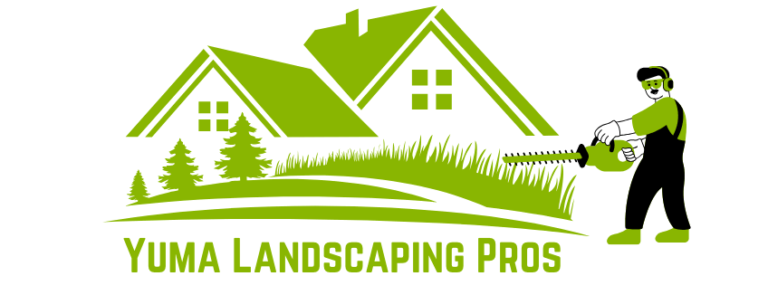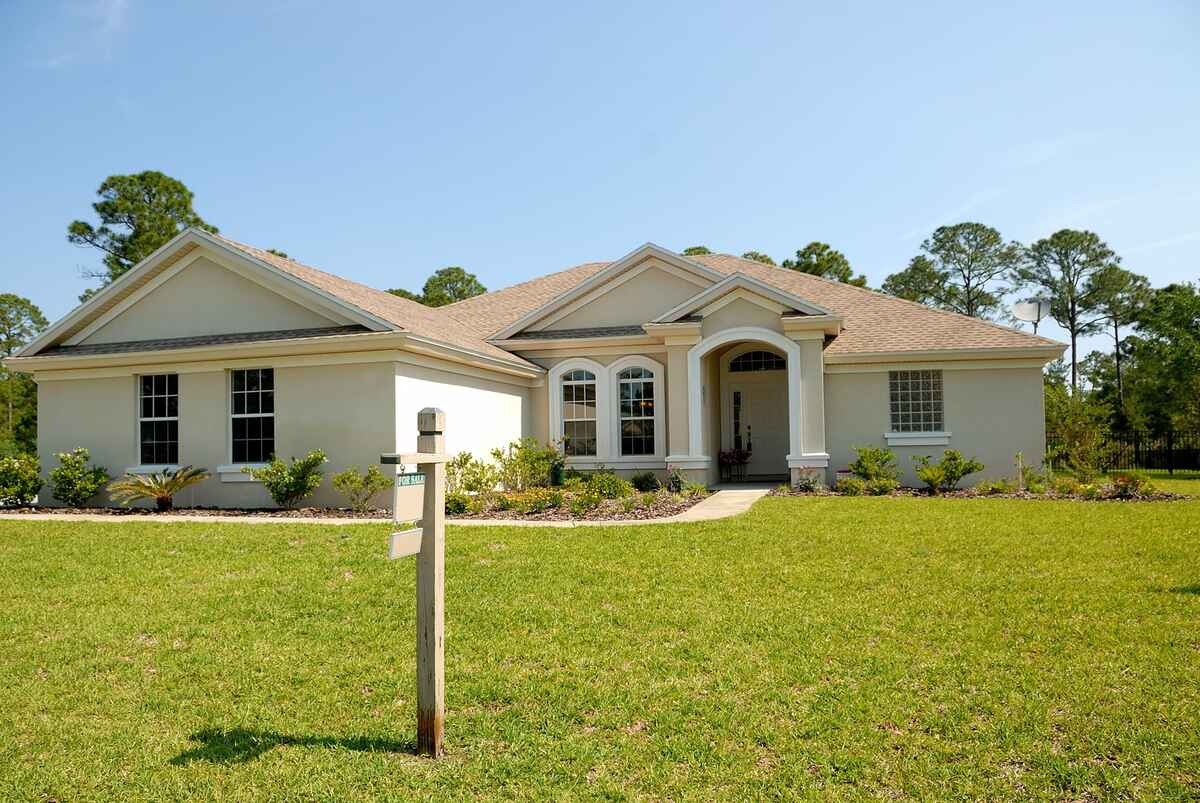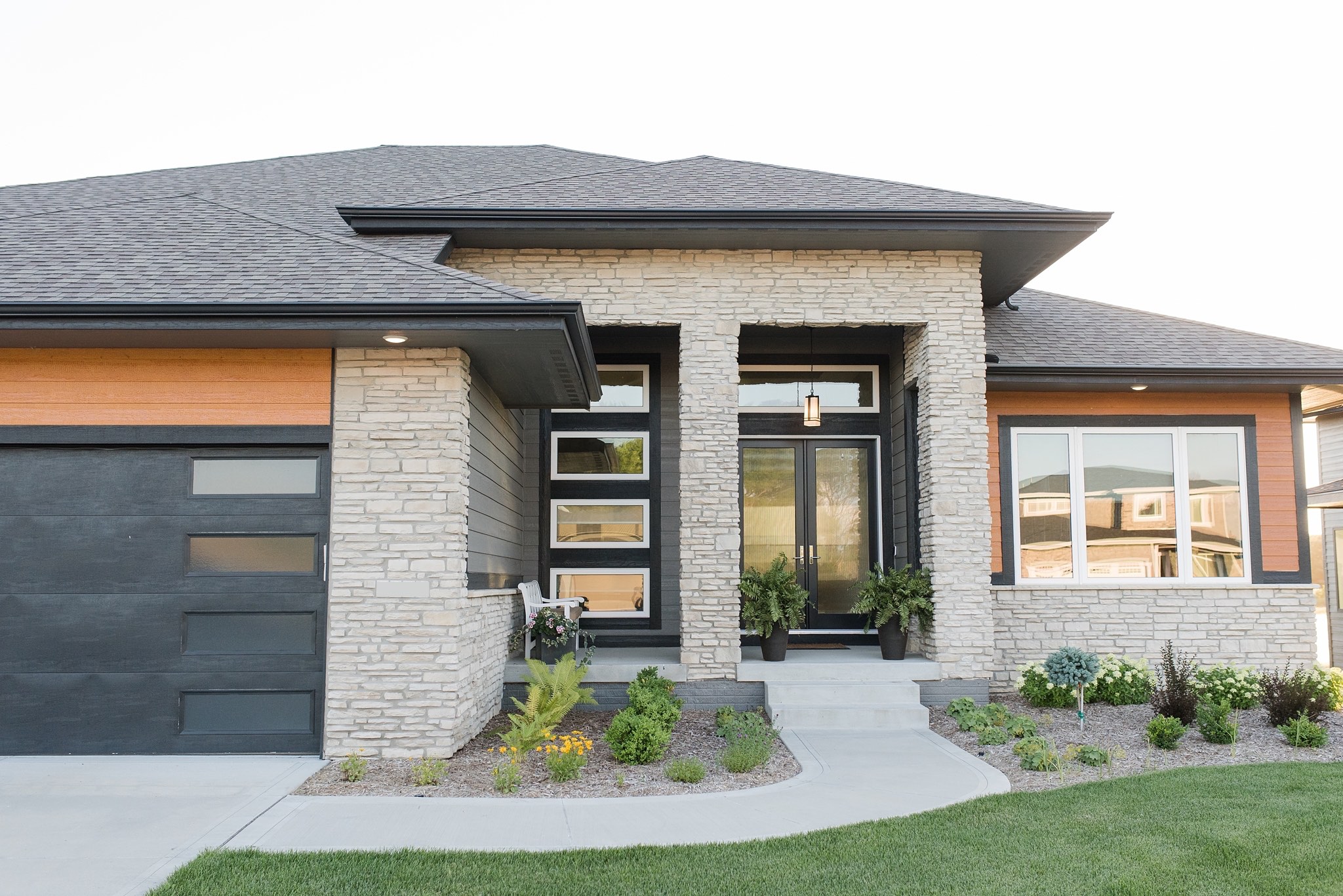Building a new home is exciting. Landscaping is a key part of this process.
It enhances beauty and value. Proper planning is crucial. New construction landscaping involves more than just planting trees. It shapes the first impression of your home. Good landscaping can also save you money in the long run. It requires careful thought and planning.
Soil type, climate, and plant selection are critical factors. You need to consider how your outdoor space will be used. Will you entertain guests? Or need a space for kids to play? These choices impact the plants and features you include. Overall, a well-landscaped yard adds charm and function to your new home.
Top 10 Residential Landscaping Ideas for Arizona Homes: Stunning Designs
Planning Your Landscape
Planning your landscape is an essential step in new construction landscaping. It ensures your outdoor space is both functional and beautiful. Thoughtful planning helps you avoid costly mistakes. Proper planning includes assessing your site, setting a budget, and considering your needs. Below are key considerations to help guide you through the process.
Need Service: Landscaping Yuma AZ
Site Assessment
Before starting, conduct a thorough site assessment. Understand the unique characteristics of your property. Look at the soil type, drainage, and sunlight exposure. Identify any existing trees, rocks, or other features. Note areas with poor drainage or steep slopes. This will help you design a landscape that works well with your property.
| Feature | Consideration |
|---|---|
| Soil Type | Determine if you need soil amendments. |
| Sunlight | Identify areas with full sun, partial shade, or full shade. |
| Drainage | Check for areas where water pools after rain. |
| Existing Features | Decide if you want to keep or remove them. |
Budget Considerations
Set a realistic budget before you begin. Your budget will guide your design choices. Include costs for materials, plants, and labor. Don’t forget to budget for ongoing maintenance. A well-planned budget helps avoid surprises and keeps your project on track.
- Materials: Consider the cost of hardscaping elements like patios and walkways.
- Plants: Choose plants that fit your budget and climate.
- Labor: Factor in the cost of hiring professionals if needed.
- Maintenance: Plan for future costs like watering, pruning, and fertilizing.
By carefully planning your landscape, you ensure a beautiful and functional outdoor space. Assessing your site and setting a budget are crucial steps. This makes your landscaping project successful and enjoyable.
5 Common Landscaping Mistakes to Avoid in Yuma’s Desert
Choosing The Right Plants
Choosing the right plants is crucial for the success of your new construction landscaping. The right plants enhance the beauty of your space, improve air quality, and attract beneficial wildlife. Consider the following factors to make the best choices for your landscape.
How Much Does Landscaping Cost for a Small Yard: Budget Tips
Native Species
Native species are plants that have adapted to your local environment over many years. These plants are naturally suited to your soil, climate, and local wildlife. They require less water, fertilizer, and pesticides, making them more sustainable and cost-effective.
- Lower maintenance: Native plants require minimal care once established.
- Environmental benefits: They support local ecosystems by providing food and shelter for native wildlife.
- Resilience: These plants are more resistant to local pests and diseases.
Climate Compatibility
When selecting plants, it’s important to consider your local climate. Different plants thrive in different environments. Understanding your area’s climate will help you choose plants that will flourish.
| Climate Type | Suitable Plants |
|---|---|
| Arid/Desert | Cacti, succulents, and drought-tolerant shrubs |
| Temperate | Deciduous trees, perennials, and annuals |
| Tropical | Palms, orchids, and ferns |
Matching plants with your climate will reduce maintenance and increase plant health. It also ensures that your landscape remains vibrant throughout the year.
Soil Preparation
When planning for new construction landscaping, soil preparation is crucial. Good soil ensures healthy plant growth. Proper soil preparation can save time and money in the long run. It involves testing, amending, and sometimes replacing soil. Let’s explore the key steps in this process.
Soil Testing
Before starting, test the soil. Soil testing helps identify pH levels and nutrient deficiencies. You can buy a soil test kit or contact a local extension service. Soil tests reveal if the soil is too acidic or alkaline. They also show nutrient levels such as nitrogen, phosphorus, and potassium.
Here are the steps for soil testing:
- Collect soil samples from different areas.
- Mix the samples for an average reading.
- Send samples to a lab or use a test kit.
Amendments
Based on test results, you may need to add amendments. Amendments improve soil quality by adding nutrients and adjusting pH levels. Common amendments include compost, lime, and peat moss. Compost adds organic matter, improving soil structure and water retention. Lime raises pH levels in acidic soils. Peat moss lowers pH levels in alkaline soils.
Here’s a table of common soil amendments and their purposes:
| Amendment | Purpose |
|---|---|
| Compost | Improves soil structure and adds nutrients |
| Lime | Raises pH levels in acidic soils |
| Peat Moss | Lowers pH levels in alkaline soils |
Use amendments as needed, based on soil test results. Mix them thoroughly into the soil. This ensures even distribution and better plant growth.
Irrigation Systems
Consider the climate and soil type for effective irrigation in new construction landscaping. Choose the right system to ensure healthy plant growth. Proper planning can save water and reduce maintenance costs.
Choosing the right irrigation system is crucial for new construction landscaping. It ensures your plants get the necessary water. Proper irrigation helps maintain a beautiful landscape. It can also save you time and money.
Drip Irrigation
Drip irrigation delivers water directly to plant roots. This system uses tubes with emitters. It reduces water waste by minimizing evaporation. Drip irrigation is ideal for shrubs, trees, and gardens. It promotes healthy plant growth. This method also prevents weed growth by targeting specific plants.
Sprinkler Systems
Sprinkler systems water a large area evenly. They are great for lawns and flower beds. Sprinklers can be stationary or rotating. They can be set to run on a schedule. This ensures your landscape gets water at optimal times. Sprinkler systems are easy to adjust and maintain. “`
Hardscape Elements
Hardscape elements are crucial in new construction landscaping. These are non-living features that define your outdoor space. They provide structure and function to your landscape. Focus on creating a balanced design. Blend hardscape elements with softscape, like plants and trees, for a complete look.
Patios And Walkways
Patios offer a great spot for outdoor activities. They serve as a gathering place for family and friends. Choose durable materials like stone or concrete. These materials withstand weather and foot traffic.
Walkways guide visitors through your landscape. They connect different areas of your yard. Use materials that match your patio. This creates a cohesive look. Consider adding lighting for safety and ambiance.
Retaining Walls
Retaining walls hold back soil and prevent erosion. They are essential for sloped yards. Use them to create flat, usable spaces. These walls can also add visual interest.
Choose materials that complement your home. Stone, brick, and concrete are popular choices. Ensure proper drainage behind the wall. This prevents water buildup and damage.
Sustainable Practices
Sustainable practices in landscaping are essential for new construction projects. They help conserve resources and create eco-friendly environments. Implementing sustainable methods not only benefits the planet but also can lower costs in the long run. Below are some key sustainable practices to consider.
Rainwater Harvesting
Rainwater harvesting involves collecting and storing rainwater for future use. This practice reduces dependency on municipal water sources. It is a cost-effective way to water your garden. Install rain barrels or underground tanks to collect rainwater. Use this stored water for irrigation. Plants thrive with rainwater, as it is free from chemicals.
Composting
Composting turns organic waste into valuable fertilizer. It reduces landfill waste and enriches soil with nutrients. Start by setting up a compost bin in your yard. Add kitchen scraps, grass clippings, and leaves to the bin. Turn the compost regularly to speed up decomposition. Use the finished compost to enhance your garden soil. Healthy soil promotes strong plant growth.
Lighting Solutions
Lighting solutions play a crucial role in new construction landscaping. Proper lighting enhances safety, adds aesthetics, and increases the usability of outdoor spaces. Thoughtful placement and selection of lights can transform your landscape into a beautiful and functional area, day and night. Let’s dive into two essential lighting types for your landscape: pathway lighting and accent lighting.
Pathway Lighting
Pathway lighting guides visitors safely through your outdoor spaces. It illuminates walkways, driveways, and garden paths. Choose fixtures that complement your landscape design. Solar lights are energy-efficient and easy to install. Low-voltage lights offer brighter illumination and can be wired to a central power source.
Spacing is key in pathway lighting. Place lights at regular intervals to avoid dark spots. Use lights with a downward cast to minimize glare. This creates a welcoming atmosphere and ensures safe navigation at night.
Accent Lighting
Accent lighting highlights specific features in your landscape. It draws attention to trees, sculptures, or architectural elements. Use spotlights to create dramatic shadows and depth. Up lighting is perfect for tall trees or structures. Downlighting mimics natural light and is great for patios or decks.
Color temperature matters in accent lighting. Warm lights create a cozy feel. Cool lights offer a modern and crisp look. Experiment with different angles and placements to achieve the desired effect. Balance is essential. Avoid over-lighting to maintain a natural and inviting environment.
Maintenance Tips
Maintaining a new construction landscape can seem daunting at first. However, with a few simple tips, you can keep your yard looking fresh and beautiful. Regular care ensures your landscape stays healthy and vibrant. Below are some essential maintenance tips to consider.
Regular Pruning
Pruning is essential for healthy plant growth. It helps remove dead or diseased branches. Prune trees and shrubs to maintain their shape and size. Use the right tools for the job. Sharp pruners make cleaner cuts. Clean tools prevent disease spread. Prune flowering shrubs after they bloom. This keeps them looking their best. Regular pruning also encourages new growth.
Weed Control
Weeds can quickly take over a new landscape. They compete with your plants for nutrients and water. To keep weeds at bay, follow these tips:
- Mulch your garden beds. Mulch blocks sunlight, preventing weed growth.
- Hand-pull weeds regularly. This prevents them from spreading.
- Use a pre-emergent herbicide. This stops weed seeds from germinating.
- Keep your lawn healthy. A thick lawn crowds out weeds.
Consistency is key. Regular weeding keeps your landscape looking neat and tidy.
How to Stop Weeds from Growing Through Landscape Fabric: Expert Tips
Frequently Asked Questions
What Is New Construction Landscaping?
New construction landscaping involves planning and designing the outdoor space of newly built properties. It includes selecting plants, creating pathways, and installing irrigation systems.
How To Choose Plants For New Construction?
Choose plants based on the local climate, soil type, and sunlight availability. Consider low-maintenance and native species.
Why Is Drainage Important In Landscaping?
Proper drainage prevents water accumulation, which can damage plants and structures. It ensures a healthy and sustainable landscape.
What Are The Benefits Of Mulching?
Mulching helps retain soil moisture, reduces weed growth, and improves soil fertility. It also enhances the landscape’s appearance.
Conclusion
Creating a beautiful landscape for new construction requires careful planning. Think about your budget, climate, and plant choices. Use professionals for complex tasks to save time and avoid mistakes. Keep in mind the future growth of plants. This helps in maintaining the look you desire.
Pay attention to water management to prevent issues. With these tips, your landscape will thrive and add value to your property. Enjoy your new outdoor space!



